Uutiset
-
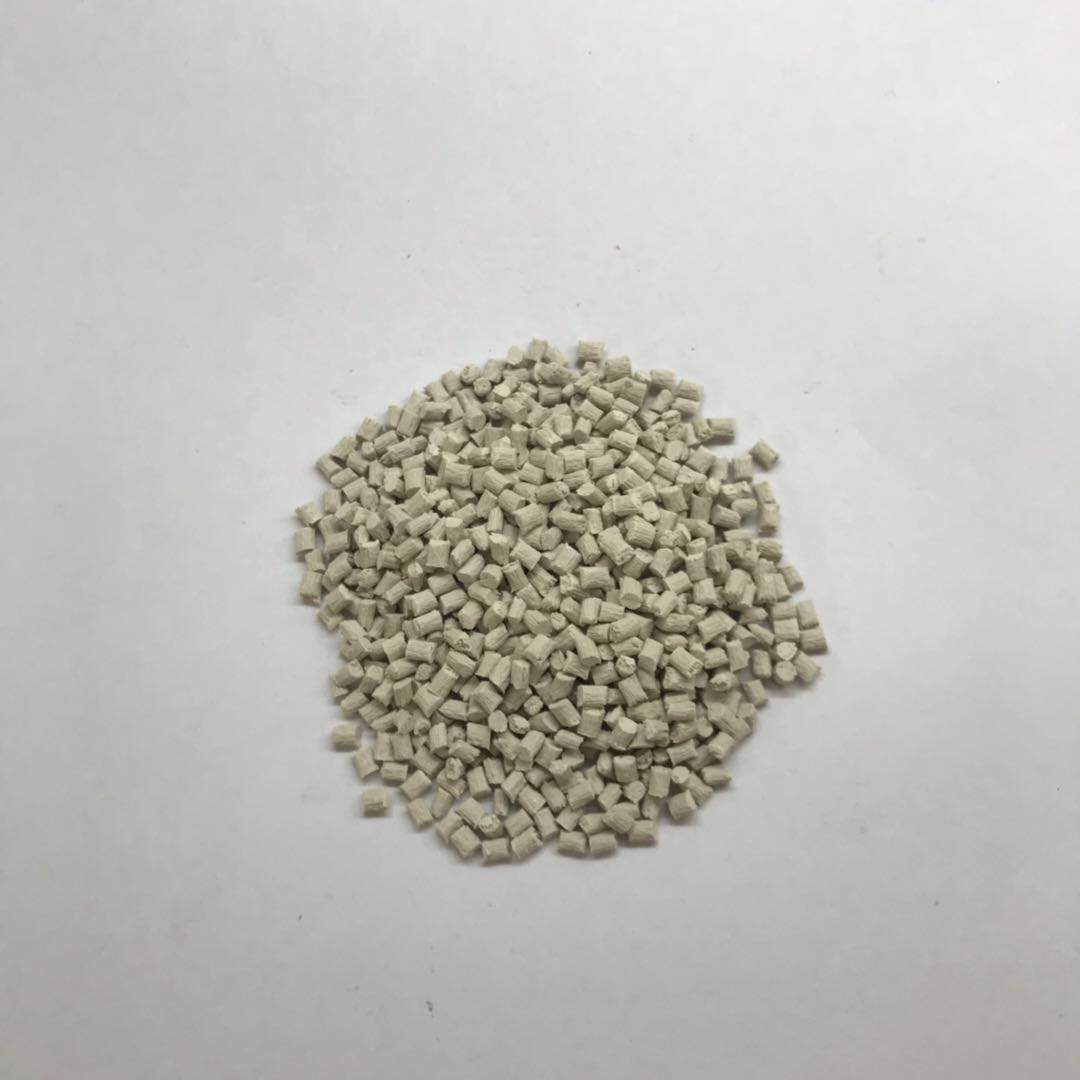
PPS Ruiskuvaluprosessi
Mikä on polyfenyleenisulfidi (PPS) PPS on lyhenne sanoista Polyphenylene Sulphide on erittäin tehokas tekninen kestomuovi, joka erottuu sen epätyypillisistä ominaisuuksista.Se on puolikiteinen, läpinäkymätön ja jäykkä polymeeri, jolla on erittäin korkea sulamispiste (280 °C) ja joka sisältää para...Lue lisää -
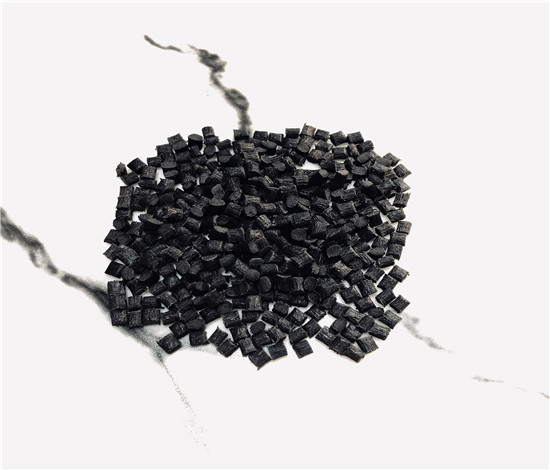
Muovin ruiskupuristuksessa on huomioitava seitsemän avainkohtaa
Muovin ruiskupuristuksen ominaisuuksiin ja prosessiparametreihin vaikuttavat monet näkökohdat.Eri muovien on muotoiltava ominaisuuksilleen sopivat muovausparametrit parhaiden mekaanisten ominaisuuksien saavuttamiseksi.Ruiskupuristuskohdat ovat seuraavat: Yksi, kutistumis...Lue lisää -
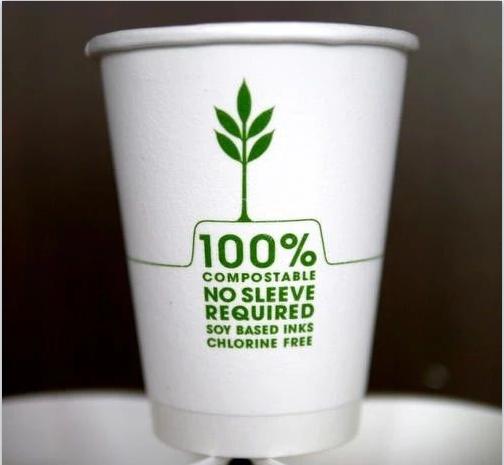
Kuinka parantaa PLA-materiaalin sitkeyttä
Koska muovien, biohajoavien materiaalien kiellosta on tullut uusi kuuma paikka, suuret yritykset ovat laajentaneet tuotantoaan, tilaukset nousivat jyrkästi samaan aikaan, mikä aiheutti myös raaka-aineiden, erityisesti PBAT:n, PBS:n ja muiden hajoavien kalvopussimateriaalien toimituksia vain 4 kuukaudessa, hinta nousi.Th...Lue lisää -
Puhdas ja kestävä PEEK tekee jälkensä puolijohteissa
COVID-19-pandemian jatkuessa ja sirujen kysynnän kasvaessa jatkuvasti viestintälaitteista kulutuselektroniikkaan ja autoihin, sirujen maailmanlaajuinen pula voimistuu.Siru on tärkeä perusosa tietotekniikkateollisuutta, mutta myös keskeinen toimiala...Lue lisää -
PLA ja PBAT
Vaikka molemmat ovat biohajoavia materiaaleja, niiden lähteet ovat erilaiset.PLA on johdettu biologisista materiaaleista, kun taas PKAT on johdettu petrokemiallisista materiaaleista.PLA:n monomeerimateriaali on maitohappoa, jonka kuoriviljelmät, kuten maissi, yleensä jauhavat tärkkelyksen uuttamiseksi ja sitten muuntavat...Lue lisää -
Ruiskuvalutuotteiden paahtamisen syyn analyysi
Sulatteen repeäminen johtaa palamiseen Kun sulatetta ruiskutetaan suurella tilavuudella onteloon suurella nopeudella ja suurella paineella, on sularepeäminen helppoa tuottaa.Tällä hetkellä sulatuspinta näyttää poikittaismurtolta ja murtuma-alue on karkeasti sekoittunut t...Lue lisää -
Pakollinen ruiskuvalutehdas!10 tapaa säästää rahaa ja lisätä tehokkuutta
Nykyisellä ruiskuvaluteollisuudella on edessään:、 Raaka-aineiden nousu Työvoimakustannukset nousevat pilviin Rekrytoi vaikeaa Henkilöstön vaihtuvuus korkea Tuotteiden hinnat laskevat Teollisuuden kilpailu on yhä kovempaa ongelmaa.Injektio, nyt muodonmuutos, pieni voitto ja alan uusi...Lue lisää -

Tehokas materiaali PPO SIKOlta.
PPO-materiaali SIKOsta Polyfenyleenioksidi tai polyeteenieetteri Tunnetaan myös nimellä polyfenyleenioksidi tai polyfenyleenieetteri, on korkeita lämpötiloja kestävä termoplastinen hartsi.Ominaisuudet ja sovellukset PPO on termoplastinen tekninen muovi, jolla on erinomainen kokonaisvaltainen suorituskyky,...Lue lisää -
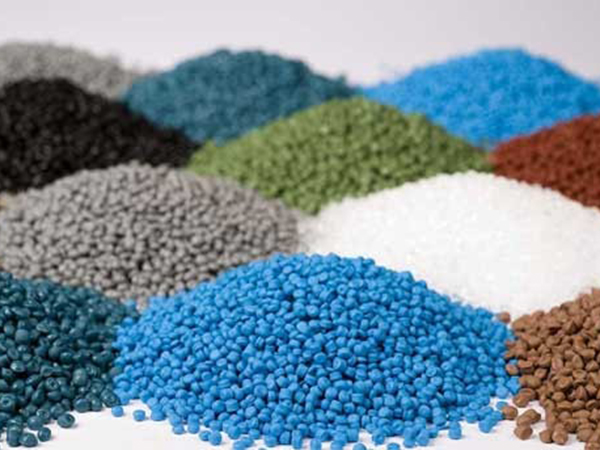
PP-rakeet lähetetty Isoon-Britanniaan
Kun globaalit markkinat jatkavat laajentumistaan, yhä useammat valmistajat löytävät edelleen tiensä markkinoille päivittäin.Ja polymeeriteollisuuden valmistajille parhailla ja kokeneilla toimittajilla on aina tapa erottua joukosta.Samoin cu...Lue lisää -

Tekninen muovi PEEK
Mikä on PEEK?Polyeetterieetteriketoni (PEEK) on termoplastinen aromaattinen polymeerimateriaali.Se on eräänlainen erityinen tekninen muovi, jolla on erinomainen suorituskyky ja jolla on erityisesti erittäin vahva lämmönkestävyys, kitkakestävyys ja mittavakaus.Se...Lue lisää -
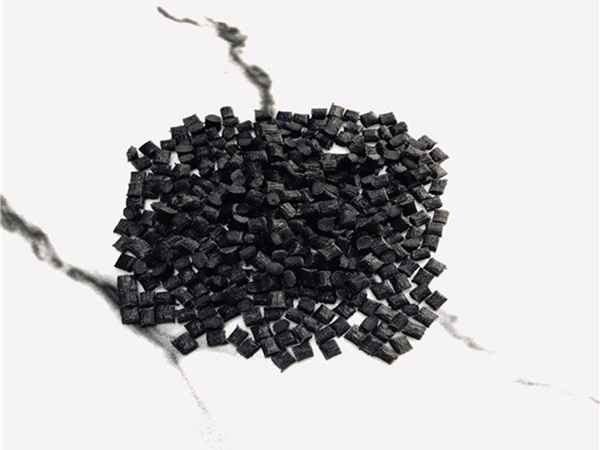
Mitä sinun tulee tietää injektiosta PA6
PA6 on nailonille käytetty kemiallinen nimitys.Nailon on keinotekoinen termoplastinen polyamidi, jota käytetään erilaisiin sovelluksiin, kuten kankaisiin, autonrenkaisiin, köyteen, langoihin, mekaanisten laitteiden ruiskuvalettuihin osiin ja ajoneuvoihin.Lisäksi nailon on vahvaa, imee kosteutta, kestää...Lue lisää








